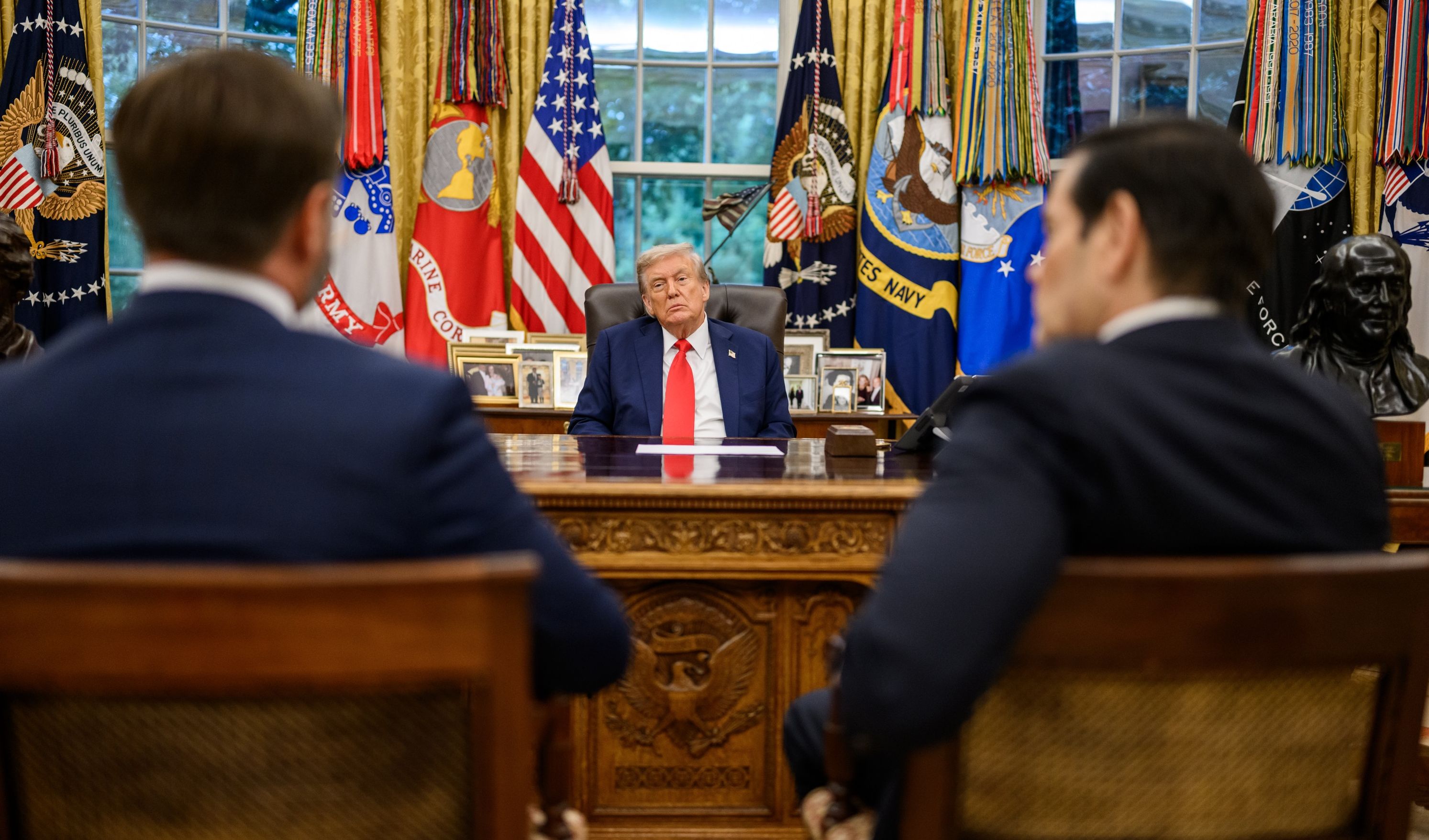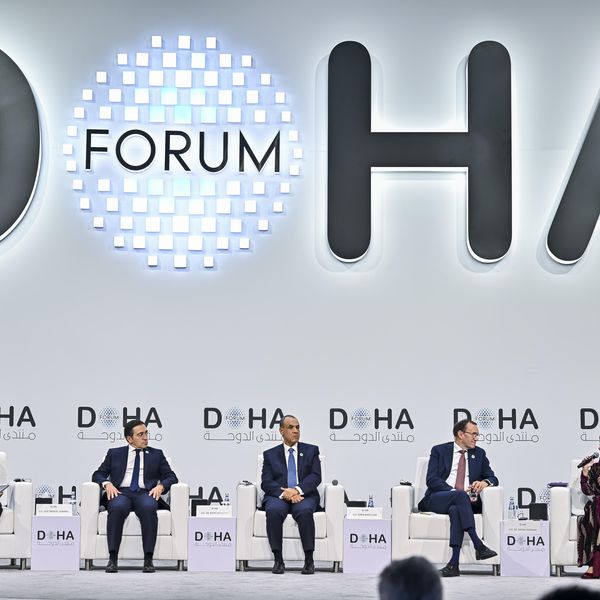The U.S. military recently launched a plainly illegal strike on a small civilian Venezuelan boat that President Trump claims was a successful hit on “narcoterrorists.” Vice President JD Vance responded to allegations that the strike was a war crime by saying, “I don’t give a shit what you call it,” insisting this was the “highest and best use of the military.”
This is only the latest troubling development in the Trump administration’s attempt to repurpose “War on Terror” mechanisms to use the military against cartels and to expedite his much vaunted mass deportation campaign, which he says is necessary because of an "invasion" at the border.
Unfortunately, more than two decades of widely-accepted, bipartisan laws and norms first laid the groundwork for this to occur.
After 9/11, the Bush administration created the Specially Designated Global Terrorists list, and Congress expanded the pre-existing Foreign Terrorist Organization list. These lists allow the executive branch, at its sole discretion, to add and remove individuals and groups to standing lists of “terrorists,” a term that is defined broadly.
The Trump administration has exercised this authority to formally designate transnational cartels as “terrorists” due in part to their role in the flow of people and drugs across the southern border into the United States. They have leveraged this designation to justify a range of actions, including deploying troops to Los Angeles and deporting immigrants to a brutal Salvadorean prison without due process.
Another post-9/11 legal invention that paved the way to what the Trump administration is doing today was the USA PATRIOT Act’s updates to immigration law that allowed deportation of not just those involved in actual violent acts of terrorism, but also those loosely associated with designated “terrorist groups,” even if those associations were peaceful and law-abiding or involuntary and a result of duress. People who have previously been excluded from the United States by these provisions include Iraqi interpreters for U.S. troops, victims of forced labor by violent armed groups in El Salvador, and even Nelson Mandela. These provisions mean that not just alleged members of cartels, but also cartel victims could be denied entry into the United States or deported if already here.
These same post-9/11 immigration law amendments also allow for revoking or denying immigration benefits to foreign nationals who “endorse or espouse” “terrorist activity,” defined broadly. The Trump administration has already revoked the visas of several immigrant students and scholars solely for their nonviolent activities criticizing the U.S.-Israel genocide in Gaza, as part of what they call a “zero-tolerance” policy for terrorism. The administration has primarily leaned on an older and more obscure provision of immigration law to carry out these attacks on immigrants’ free speech rights. But if current efforts are blocked by courts, or they wish to go further, post-9/11 immigration law may give them the tools to justify doing so.
The original decision to treat the 9/11 attacks not as crime but as warfare, and to launch a literal “war on terror” in response, remains the primary post-9/11 legal innovation on which so many abuses are made possible. Under this global war paradigm, the Obama administration carried out ruthless drone killings, including one that targeted a U.S. citizen, and justified the strikes with a mish-mash of legal standards that applied rules of war outside of actual war zones, and expansively interpreted what constitutes an “imminent threat” and resulting “self-defense” powers.
Every post-9/11 president has claimed wide authority to use military force so long as it serves a vague “national interest.” We can see echoes of this in the Trump administration’s insistence that the small Venezuelan boat blown up by the U.S. military posed an “immediate threat to the United States,” that the strike complied with the laws of war, and was “in defense of vital U.S. national interests.”
Commentators are entirely correct to denounce these assertions of legal authority. But policymakers have spent more than two decades accepting a war paradigm against whomever presidents determine to be “terrorist,” making it politically and legally all the more difficult to push back against what the Trump administration is doing now.
It is also worth recalling that dragnet detentions and deportations of immigrants under the auspices of the “War on Terror” are not entirely unique to the Trump era. In the Bush administration, then-FBI Director Robert Mueller leaned on civil immigration enforcement authorities to round up more than 1,000 Arab, Muslim and South Asian immigrants without due process for secret detention until they were “cleared” of terrorism.
A year later, the National Security Entry and Exit Registration System, which some have called the original “Muslim registry,” was launched, imposing onerous registration and surveillance requirements on lawful noncitizen immigrants suspected of no wrongdoing, almost entirely from Muslim-majority countries, with a stated justification of countering terrorism. This program wasn’t fully dismantled until well into the Obama administration, and produced no convictions for acts of terrorism. It did result in the deportation of more than 13,000 people, mostly over minor immigration process violations.
There are more powers that post-9/11 legal infrastructure affords that this administration has not pursued. It is not impossible to imagine terrorism prosecutions against low-level drug purchasers at home, new hot wars across Latin America, and more dragnet deportations of immigrants, justified by a melding of the laws of war, counterterrorism law, and immigration enforcement. This is because, on a bipartisan basis, our lawmakers have built and strengthened a post-9/11 package of powers that gets handed to each successive president, ripe for potential new weaponization and abuse. The targeting of immigrants and cartels as “terrorists,” including with the tools of warfare, is not a sharp deviation from our recent history — it is its logical conclusion.
















